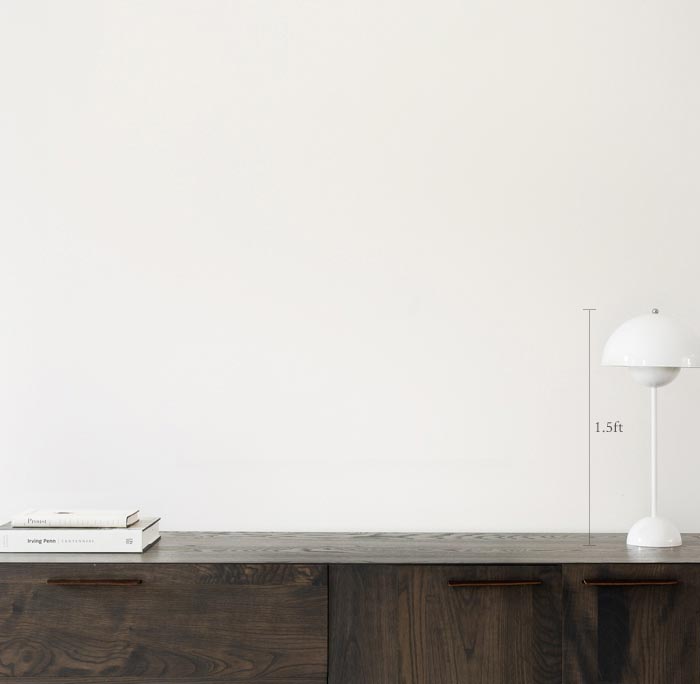







284 Views
11
View In My Room
Painting, Oil on Paper
Size: 13.8 W x 7.9 H x 0.4 D in
Ships in a Box
284 Views
11
Artist Recognition

Artist featured in a collection
ABOUT THE ARTWORK
An original piece from the series “Please do not kill butterflies”, pins, oil and pencil on paper. Please, all these dead animals ... Of course, not everyone of us can or want become vegetarian. Sure, in some cases, maybe, the medical experimentation needs them to get results. But we really have to kill them for our frivolous activities? ... Is it necessary to have so many pink pigs die in front of a camera? Do we really need to dissect sharks in formaldehyde, to starve stray dogs tied to a chain in the corner of a gallery, or to make innocent ants go crazy in twisted tubes of plexiglass? To make these drawings, no butterfly was killed. Summary of features: Artist: Federico Cortese Title: The moth that thought to be a butterfly Quantity: 1 Subject: imaginary animals Conditions: excellent Medium & materials: pins and oil on thick paper (the painting is sold mounted on a wood panel) Dimensions: 35 x 20 cm (13.8 x 7.9 in) Paper weight: 230 gr/mq Finishing: protective gloss varnish (transparent mastic paint) Location and year created: Turin, Italy - 2017 Certificate of Authenticity: included, with signature of the artist on photograph Edges of the sheet: clean straight cut (not indented) Signed: on the front, bottom center Surface of the paper: rough
Original Created:
2017
Subjects:
Materials:
Styles:
Mediums:
DETAILS AND DIMENSIONS
Painting:
Oil on Paper
Original:
One-of-a-kind Artwork
Size:
13.8 W x 7.9 H x 0.4 D in
Frame:
Not Framed
Ready to Hang:
Not applicable
Packaging:
Ships in a Box
SHIPPING AND RETURNS
Delivery Time:
Typically 5-7 business days for domestic shipments, 10-14 business days for international shipments.
Handling:
Ships in a box. Artists are responsible for packaging and adhering to Saatchi Art’s packaging guidelines.
Ships From:
Italy.
Customs:
Shipments from Italy may experience delays due to country's regulations for exporting valuable artworks.
Have additional questions?
Please visit our help section or contact us.
I’m like a mouse in its box. A little mouse safe in its shelter, that passes his time gnawing the food stored for the winter. But my food are the drawings and paintings. I work within my home. My studio is a room of the house in which I live. In this relatively small space are accumulated all the materials and equipment I need to draw and paint, but in a certain sense also the suggestions that inspire my work. Here are the desks and drawing boards, with brushes and paint colors, but also, on the walls or placed in closets, paintings and drawings (I think each finished work is always an inspiration for the next, in somehow). A great source of ideas are books and music, and of course the PC. The graphics programs and virtual modeling programs have become over the years a valuable support, but obviously the richest mine is the internet: a reservoir of images and ideas from which to draw, and in which we often are lost (in addition to photos of my own travels, all stored on the computer). It’s a small microcosm closed in on itself, rather impervious to the outside world (despite a large window with a beautiful view of Turin, almost always I work with the curtains closed). It is a bit as if the suggestions of the real world were allowed to enter here only after being filtered and digested, only after it has been already turned into experience. Exactly like a rat, eating quiet its supplies in its den, waiting for the end of winter. In my artistic research I've always been attracted to all that is classifiable. Perhaps this attitude stems from a primordial insecurity, and perhaps the illusion of putting order into chaos eases this concern. To start this game is sufficient to identify a subject that lends itself to variations, and the game consists precisely in identifying the rules that form the basis of possible changes. It 'a little like discovering a new language and trying to decipher the syntax, grammar, exceptions. With these assumptions, it is easy to see that the subjects of this research can be the most different and in fact my designs ranging from butterfly collections and ancient bestiaries to manuals of anatomy, maps, human faces, hands, pornography, flags. They are all languages having their own vocabulary, and my attempt is to isolate it and reinvent it, trying to generate new meanings. Consider for example a road map or a map. They are born with a practical, precise purpose.
Artist Recognition

Artist featured by Saatchi Art in a collection
Thousands of 5-Star Reviews
We deliver world-class customer service to all of our art buyers.
Satisfaction Guaranteed
Our 14-day satisfaction guarantee allows you to buy with confidence.
Global Selection of Emerging Art
Explore an unparalleled artwork selection by artists from around the world.
Support An Artist With Every Purchase
We pay our artists more on every sale than other galleries.